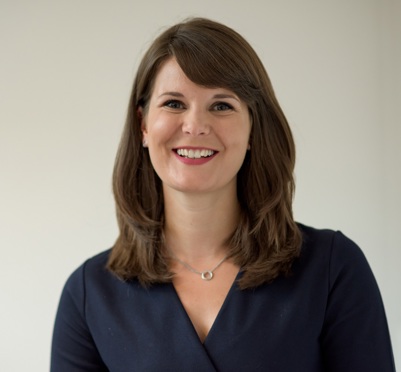 We must find ways to bring communities along with us on our sustainability journey, says Donna Williams, Sanctuary’s Group Director – Sustainability and Climate Change.
We must find ways to bring communities along with us on our sustainability journey, says Donna Williams, Sanctuary’s Group Director – Sustainability and Climate Change.
At the end of November, I had the pleasure of speaking at Homes UK at the Creating Sustainable Communities Together session. I was joined on the panel by two inspiring leaders in the sustainability space, Sue Riddlestone OBE from Bioregional and Dr Daniel Slade from the Town and Country Planning Association.
I am thoroughly heartened by the sheer volume of research that has been released this year surrounding sustainability and community engagement. But there is still a long way to go.
So, how is Sanctuary getting communities on board with our wider Environment Strategy? And how will we engage with residents at a local level about improving the environmental performance of their homes?
During COP26, we launched an environmental Community of Interest, bringing together 100 residents who have an interest in supporting us to make positive environmental changes to the way we work.
We asked them about their interest in environmental issues – and what we can do to tackle climate change together.
Our findings were fairly consistent with the Working with customers to make net zero carbon a reality report, issued by Orbit and the Chartered Institute of Housing.
- 51 per cent wanted us to work on the energy efficiency of our homes
- 18 per cent highlighted the importance of green spaces
- 15 per cent would like to see waste reduction strategies
- People also wanted to see consideration of transport (nine per cent) and community spirit (seven per cent)
The Community of Interest will be essential in reviewing our materials surrounding retrofitting homes, but we must also break this down to a local and practical level.
Using the Carbon Co-op’s Retrofit for All Toolkit 2021 as a framework, we see local retrofit unfolding in five key stages:
- Initial contact: Authentic conversations about why energy efficiency is a priority are vital for building trust
- Survey: A consistent point of contact from survey and throughout the process is key
- Design: Energy efficient designs vary. Customers need to be clear what is being proposed specifically to them.
- Installation: Onsite contractor presence provides natural opportunities for conversation
- Post works: A neighbourhood-based approach can get an entire community excited about the broader environmental impact.
Essentially, as highlighted in the Tenant’s Climate Jury Report, customers need to feel that sustainability isn’t being done to them - and that housing associations are also stepping up.
We must ask ourselves; would we be happy having these measures installed in our own homes? And how do we communicate with customers about how we are also making our processes more sustainable, before turning up on the doorstep?
We need broader awareness campaigns about how retrofitting links to sustainable lifestyles and sustainable homes. We must find ways to support sustainability projects that are led by communities, not just with them.
This is a narrative much wider than housing associations and housing association residents alone.
Local networks made up of those who are truly representative of the community, including local groups, environmental organisations and influential individuals working in the space, are key. Through collaboration, together we can create solutions in communities that are as bespoke as our retrofit packages.
